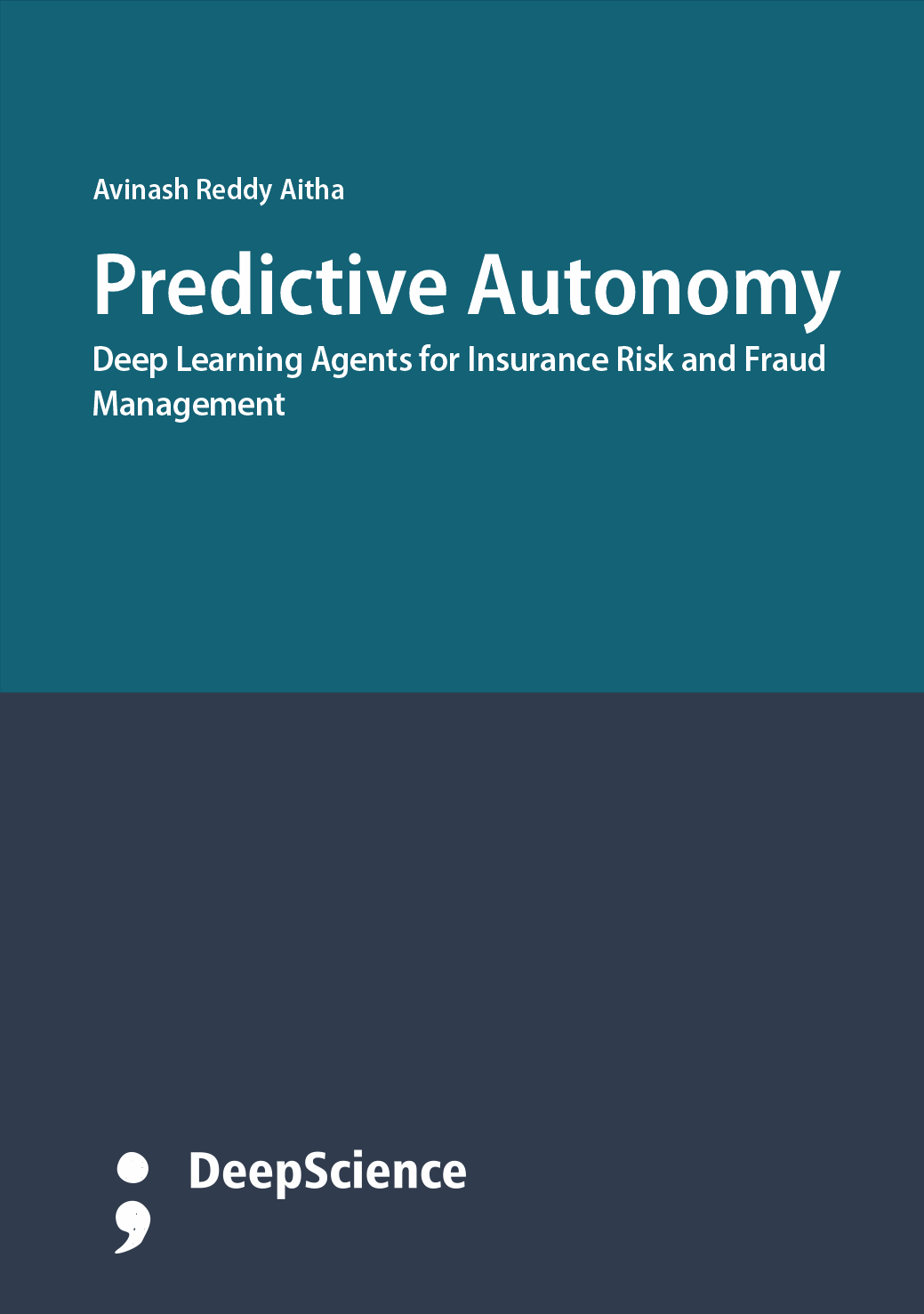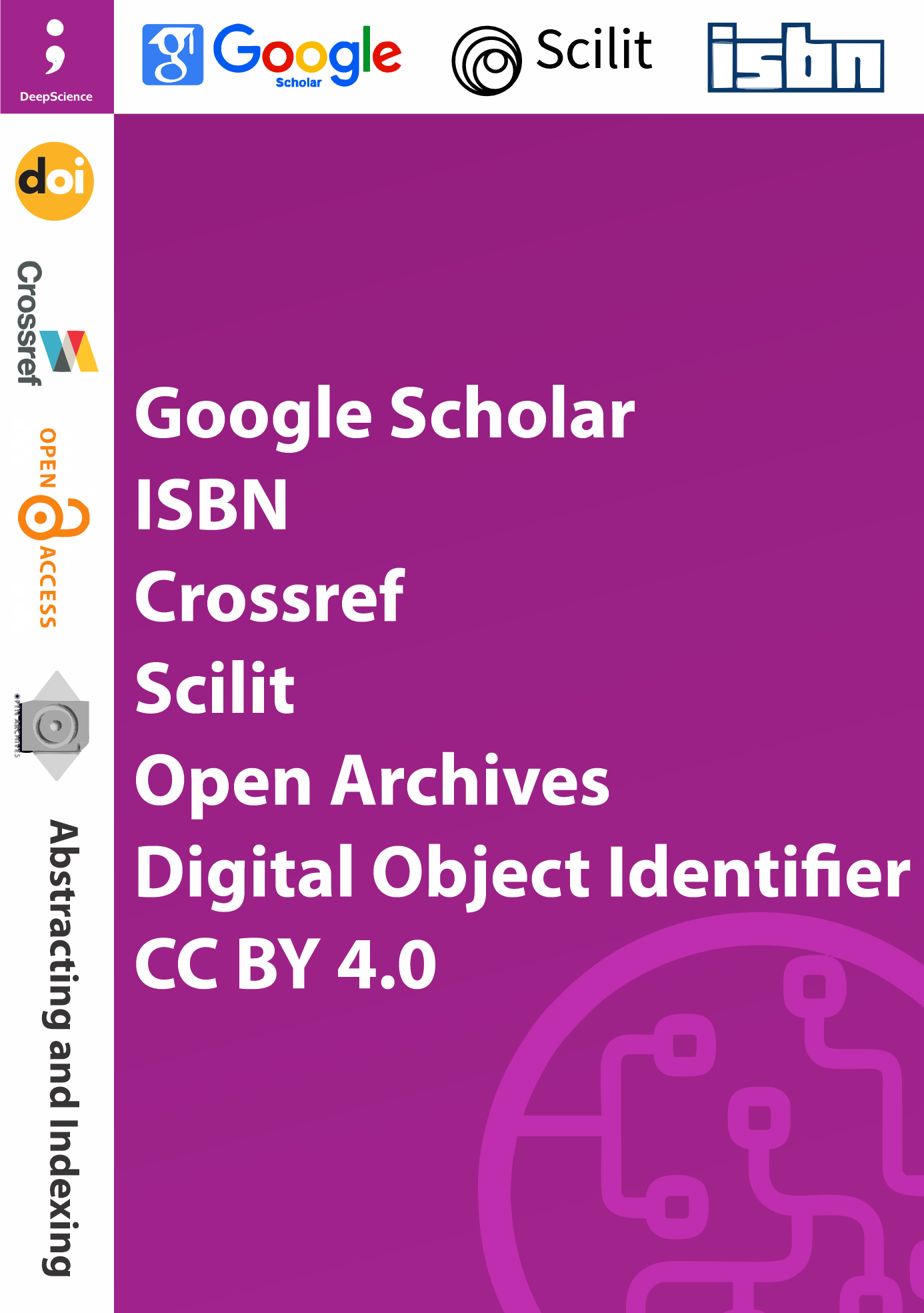Introduction to Predictive Autonomy
Synopsis
Predictive autonomy enables intelligent systems to reason about future states and jointly optimize current and future behavior. The ability to predict is a natural and fundamental part of autonomous behavior celebrated by philosophers for centuries. In the context of physical machines, present actions have future consequences that determine the success of the mission. Unless these consequences can be reasoned about, an autonomous system cannot be expected to act intelligently.
Predictive autonomy is imparted to a machine through predictive sensors, predictive data processing, and predictive architecture. Predictive sensors feed a machine an environment state that has been transformed forward through time, predictive data processing transforms the state of the environment and itself as measured at an instant in time, and predictive architecture possesses an internal configuration that codes all knowledge necessary for prediction-based autonomy.













